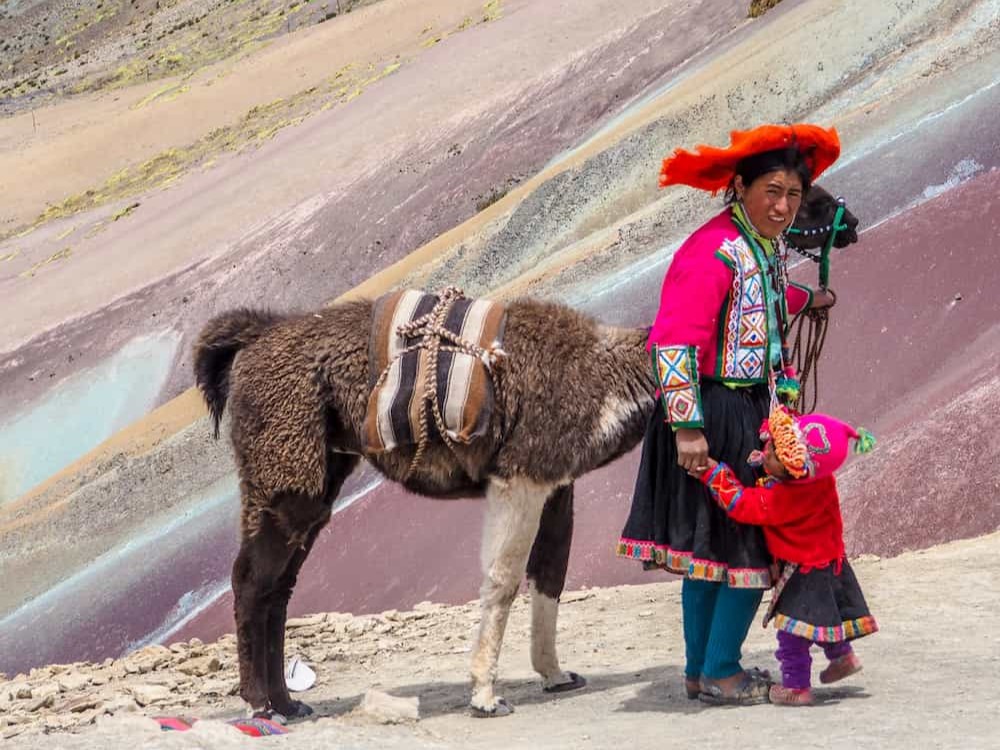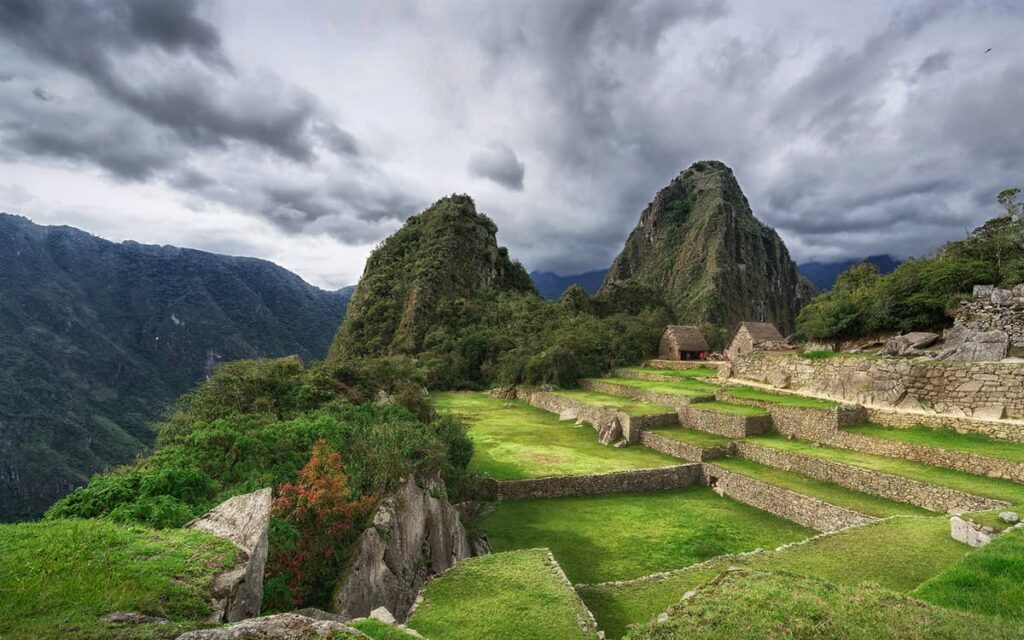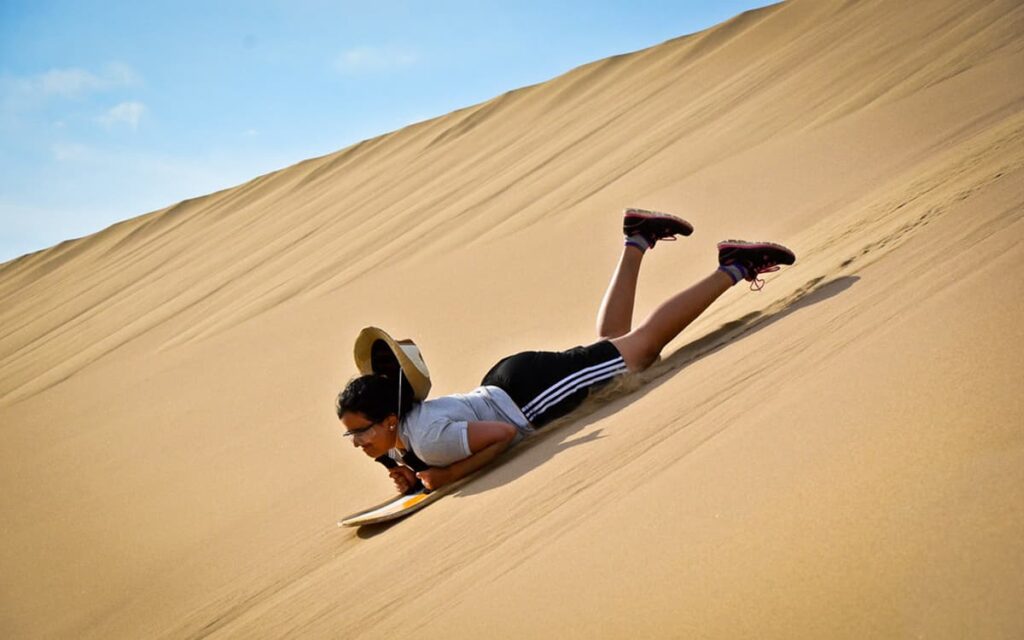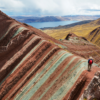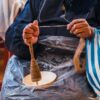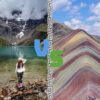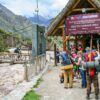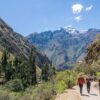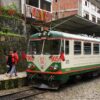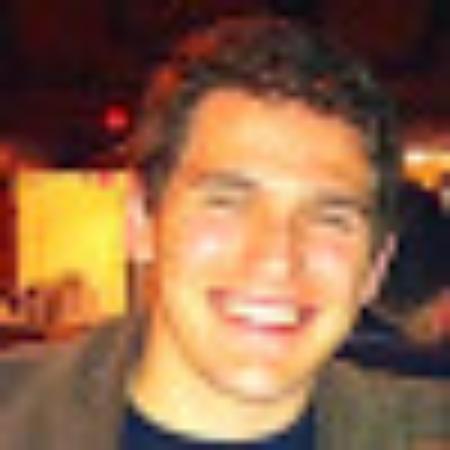Considered the most emblematic representative of Hispanic-American miscegenation as a cultural process and as a stimulus for creation, Inca Garcilaso de la Vega is also a paradigmatic example of Renaissance humanism inserted in (and in conflict with) the context of the conquest and colonization of America. This Library dedicated to the author, carried out within the framework of collaboration with the National Library of Peru, was born the year in which the fourth centenary of the publication of his masterpiece, Royal Comments of the Incas (1609), is commemorated, with the aim to offer an approach to his figure attentive to both his historiographical and literary production as well as the vital, historical, political and cultural tensions that determined him and have also conditioned his later fame as one of the great classics of Hispanic American culture.
Biography
Inca Garcilaso de la Vega was born in Toledo. The exact date of his birth is still in dispute, although according to the latest research it was September 30, 1499.
From an early age he embodied in himself the perfect example of a poet-warrior, although the latter was not a choice and he lamented in his poetry before the bloodthirsty of the trade.
Family
His father was Pedro Suárez de Figueroa, a nobleman with a certain scope at the time, holder of the title of Lord of Los Arcos and Cuerva, as well as commander of the lion in the Order of Santiago. He fought in the war in Granada, in addition to holding several important positions at court at the service of the Catholic kings.
An interesting fact is that at that time people changed their names at will, there was no legal aspect that conditioned them. Pedro himself, Garcilaso’s father, changed his name to Garci Lasso.
His mother was Sancha de Guzmán, also a noblewoman, who held the title of IV Lady of Batres. She was the great-granddaughter of the renowned Spanish nobleman Fernán Pérez de Guzmán, the same one who wrote the work Generaciones y semblanzas.
Inca Garcilaso de la Vega was the third of six siblings. Something that marked Garcilaso’s life was being the second boy, or the «second man,» as he was called at that time. The first-born had the greatest attention and benefits compared to the rest due to the so-called mayorazgo law, common in eastern cultures.
Early years and education
His childhood was spent moving in seasons between Batres (in the dominions of his mother in Madrid), Cuerva and Los Arcos (in the powers of his father in Toledo and Bajadoz).
Due to the positions held and the good positions of his parents, Garcilaso managed to enjoy a privileged education in his childhood. He learned Latin, Greek, Italian and French, this last Romance language was the one used in the court of Carlos V.
His tutors include Pedro Mártir de Anglería and Juan Gaitán, although it is also assured that many of the monks of the Toledo Cathedral served as guides in his personal training.
He was an outstanding musician in the domain of string instruments. He played the harp, zither and lute with great ease, instruments with which he did not go unnoticed at court.
When he was about 13 years old, his father died. He received only 80 thousand coins as an inheritance due to his status as «second». This did not greatly affect the boy’s attitudes or his close relationship with Pedro Laso, his older brother.
Seeking the favors of Charles V
Carlos V arrived in Spain in 1517. For a long time Garcilaso and his brother prepared to appear before the emperor and lend themselves to serve him. However, and despite having the protection and endorsement of the Dukes of Alba, they did not manage to have the benefits they wanted, nor did the Toledons.
Inca Garcilaso de la Vega, together with his brother Pedro Laso, tried several times to achieve an address with Carlos V so that he would travel to Toledo and calm the spirits of the settlers; however, Chievres, the king’s secretary, avoided it.
Exile from Toledo
As a result of a brawl with the clergy of the Cathedral of Toledo, caused by the fight regarding the guardianship of the Hospital del Nuncio, Garcilaso de la Vega was expelled from this city. The exile lasted 90 days and, in addition, he was forced to pay 4000 coins as a penalty.
Campaign and a timely promotion
At the end of the year 1523 tensions with France increased; consequently, Carlos V summoned the men to war. The main objective was to prevent Francis I, who was leading the Franks, from invading the imperial territory of Italy.
In view of his recent appointments and his double responsibility, Garcilaso assumed his role as a warrior and went to the Pyrenees with the army of Pamplona. This crusade was called the Campaign of the Pyrenees.
The Castilians had Bayonne as their objective, but the steepness of the Pyrenees prevented them, so their interests were focused on Fuenterrabía. As a result of a negotiation with the inhabitants of the town, a massacre was avoided, thus recovering the citadel.
Women in the life of the poet-soldier
After the taking of Fuenterrabía and the dilution of his army, Garcilaso did not think twice and went to Portugal to visit his brother Pedro Laso. Because of the ties he had with the Infanta Isabel of Portugal, he was able to meet Isabel Freire.
His biographers will later entwine him more than once in love affairs with that lady. Some even said that his Eclogue I is an autobiography where the poet denotes this love.
From the hand of Isabel, Garcilaso later met Beatriz de Sá, with whom he was also related later and it is said that it was one of his secret loves, even though Sá ended up marrying Pedro Laso, the poet’s brother.
After Carlos V won in Pavia and took Francisco I prisoner, there was a party throughout Toledo. Courts were held there and the monarch, together with Garcilaso, made the respective negotiations of their weddings.
Isabel de Portugal was ceded to Carlos V, while Elena de Zúñiga, lady of Doña Leonor —sister of the king—, was ceded to Garcilaso. The poet gave in for sheer interest, although he conceived six children with her. However, he maintained his adventures and, as a confessional of these, his poems.
The poet married in 1525, while Carlos V in 1526. It was a time of peace for Garcilaso, when he enjoyed very comfortable economic stability.
Return to Spain
As if by divine design, Garcilaso returned to Spain. Don Pedro chose him to take a message to the emperor in Genoa, but when Caesar arrived he was not there. The emperor had made his way to Barcelona, ??so the poet decided to go after him.
On the trip he visited his wife to fulfill his duties and then, in June 1533, he returned to perform his duties in Genoa. There he wrote his Eclogue II (although it was the first, it was so designated).
Death
That same year, 1534, he was appointed mayor of Ríjoles. In the year 1535 he joined the Tunis Day, where he was wounded in the mouth and arm by spears. From this he managed to recover, not from the following.
Despite not having noticed anything when he served as a spy for the empress in France, Francis I did have something on his hands. In 1536 the monarch started the Italian war against Emperor Charles V.
In that warlike conflict, Garcilaso was appointed field master and 3,000 infantrymen were placed in his charge. That would be his last military experience.
The man from Toledo went to an enemy tower alone, climbed a ladder and one of the opponents threw a stone at him that knocked him into a pit, where he was seriously wounded.
It is said that in those days before his participation in the war he wrote his Eclogue III to the Queen of Naples. The man from Toledo was transferred to Nice, where he agonized for 25 days until he died on October 14, 1536. He was buried with honors in the church of Santo Domingo.
Work
During his life, Inca Garcilaso de la Vega produced a large number of works in different genres: songs, verses, elegies, epistles and sonnets, to name a few, but he never formally published them. It was his wife, with the help of his friend Juan Boscán, who published them after his death.
Among these works are:
- The works of Boscán and some of Garcilaso de la Vega, divided into four books.
- The works of the excellent poet Garcilasso de la Vega. Agora again corrected of many errors that in all the past impressions there was.
- Works by the excellent poet Garci Lasso de la Vega, with annotations and amendments by Francisco Sánchez, a cathedrático de Rethórica in Salamanca.
- Works by Garci Lasso de la Vega, with annotations by Fernando de Herrera.
- Garcilasso de la Vega. Born in Toledo, prince of the Castilian poets. From Don Thomás Tamaio de Vargas.
Inca Garcilaso de la Vega University
The Inca Garcilaso de la Vega University is a university education institution, with 53 years of experience training competitive professionals.
Aware of the national reality and aware of its problems, it develops a proposal to improve the quality of life based on an education that includes, among other aspects: comprehensive training as a person, as a professional and as a productive agent in social change.
They promote research in their professional careers, in order to provide knowledge and alternative solutions to major national problems and the process of global insertion.
Likewise, the Inca Garcilaso de la Vega University gives the student the means for their integral development, favoring self-esteem, creativity, teamwork, allowing them to achieve personal fulfillment and optimal management of resources.
Touring Peru is discovering endless mysterious places, with hidden stories in corners that you may have never seen before stepping on this country. We recommend you to visit another impressive destinations in Cusco like the tour to rainbow mountain peru or the humantay lake tour from cusco, which only takes one day. But if you are gonna to stay more days in Perú, other archaeological places you can know will be the choquequirao trek peru, the salkantay trek to machu picchu, and the classic inca trail 4 days 3 nights.

